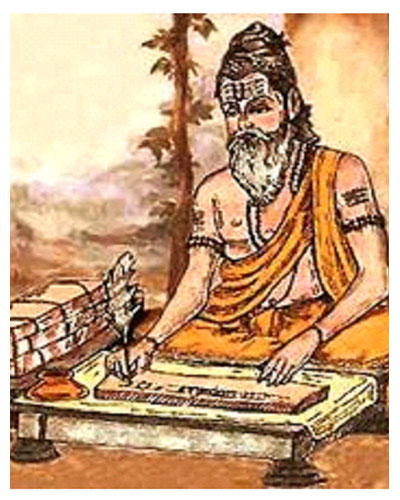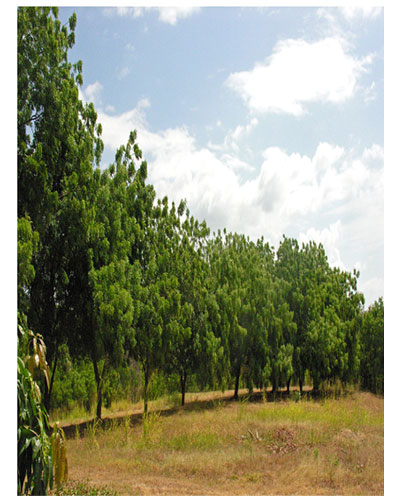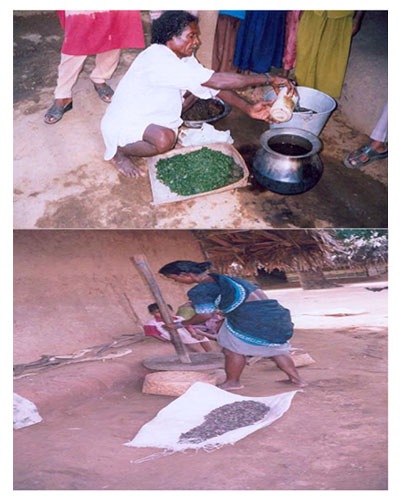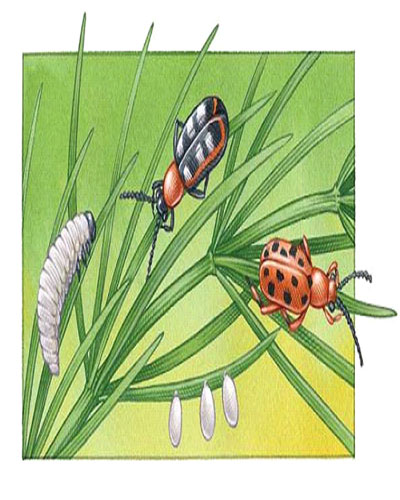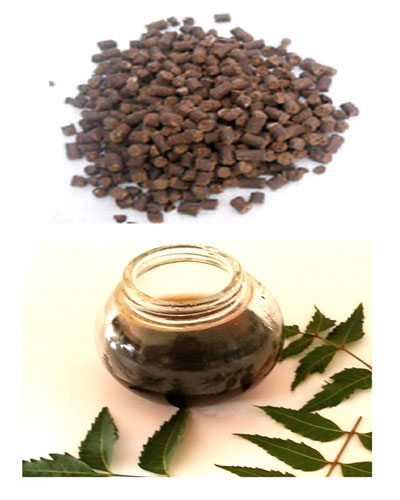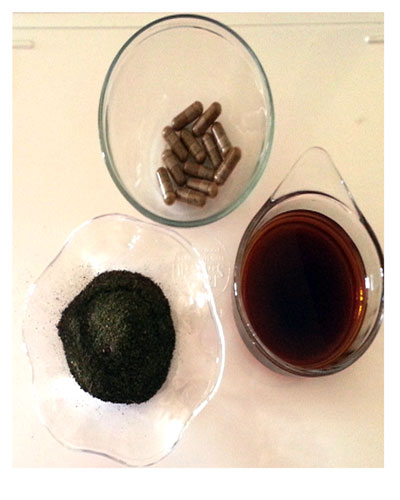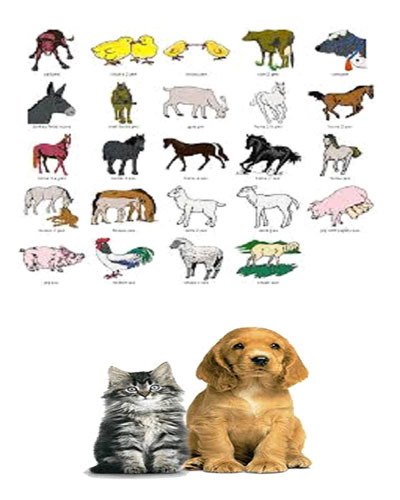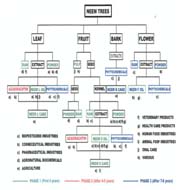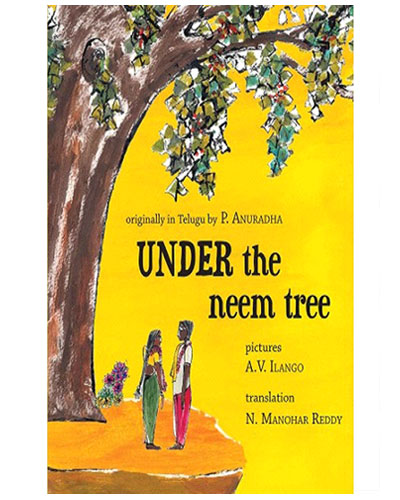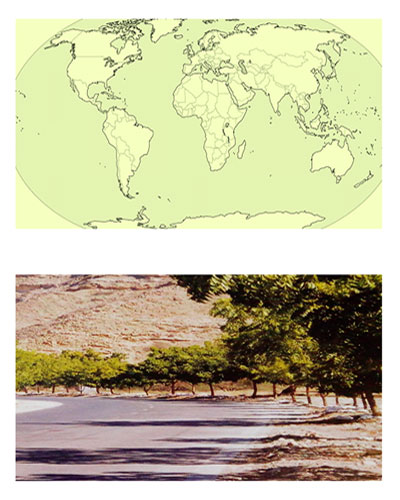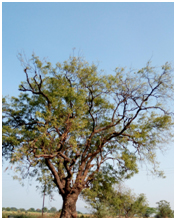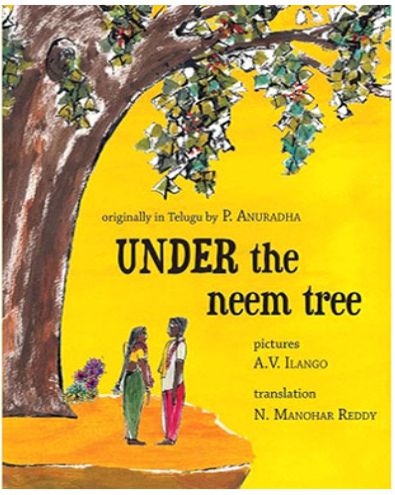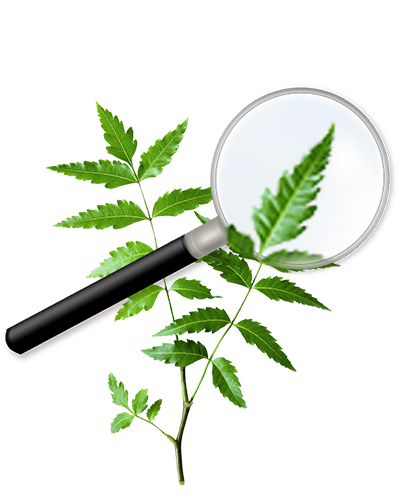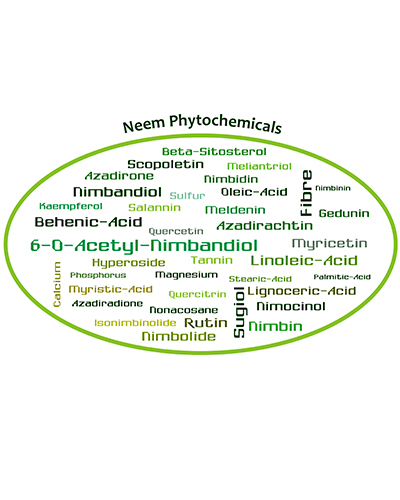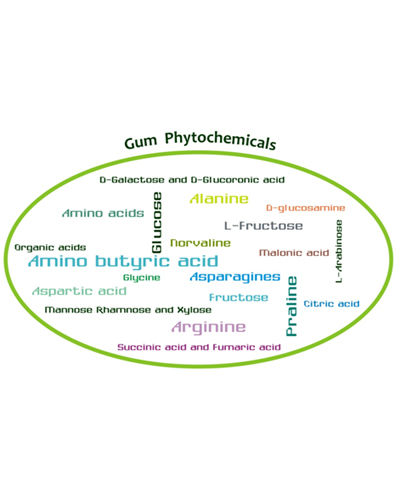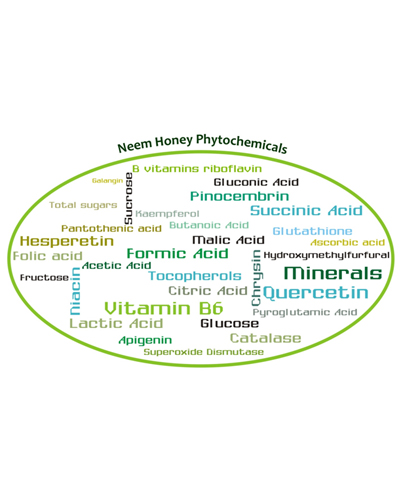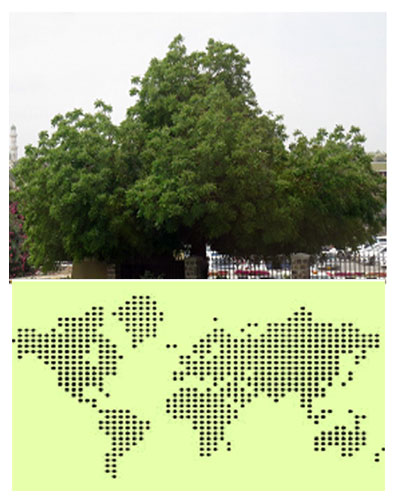The first medicinal plant mentioned as well as found a place, in ancient Tamil literature is Neem or Margosa, in the annals of the ancient Siddha system of medicine.
Three hundred and fifty years old palm leaf manuscript conserved at the Centre for Traditional Medicine and Research (CTMR) library, Chennai, India highlights the therapeutic uses of neem tree in the 3rd and 4th line.
British archaeologists excavated the sites of Harappa and Mohenjo-Daro in North-western and Western India in 1922. One of the most prominent medicinal herbs they found was Neem. Several therapeutic compounds including neem leaves were gathered from the ruins.
The Portuguese botanist, Garcia da Orta from 16th century describes in his Cikiquitos that “Neem tree has great repute as valuable and medicinal. The sore backs of horses that were most difficult to clean and heal were very quickly cured with the Neem leaves pounded mixed with lime juice putting over the sores.”
In the classical texts Neem has been called “Earth’s Wish- fulfilling tree” as it beautifies and purifies the environment, gives shade, healing vibrations and medicine as well as nourishes the earth in return.
In Puranas Atharvaveda, Upanishads, Amarakosha and Ghrysutra, Neem was considered as a unique medicinal plant. The amazing properties of the Neem tree as a medicine and natural pesticide is well mentioned in these Puranas.
In Mahabharata the epic 3000 BC, it is well mentioned that two Pandava brothers Nakul and Sahadeva used Neem oil and a preparation of Neem leaves to treat wounded horses and elephants.
The ‘Upavana Vinoda ’, an ancient Sanskrit Treatise on Arborihorticulture, cites Neem as a cure for ailing soils, plants and livestock.
In Kautilya’s “Arthashastra" 4000 BC, cited the earliest authentic record of the curative properties of Neem and its uses in the indigenous system of medicine of India.
Neem's medicinal properties are well listed in the ancient documents ‘Charka- Samhita’ and ‘Sushruta-Samhita ’.
The ‘Brihat Samhita’ of ‘Varaha mihira ’, from 6000 AD, contains a chapter of verses on plant medicines, recommends planting the Neem tree around the dwellings.
Unani scholars named Neem as ‘Shajar-e-Mubarak’ which means “the blessed tree”.
Neem is called “Azad dirakht-I-Hind,” by Persian scholars means “the noble or free tree of India”.
Neem is mentioned in the Balinese 16th century book of medicine (the Usada), which is believed to be written by a Javanese Hindu priest named Dang Hyang Dwijendra that went to Bali in the same century, approximately during the reign of King Waturenggong in Gelgel, Klungkung regency, Bali (1460–1550).

